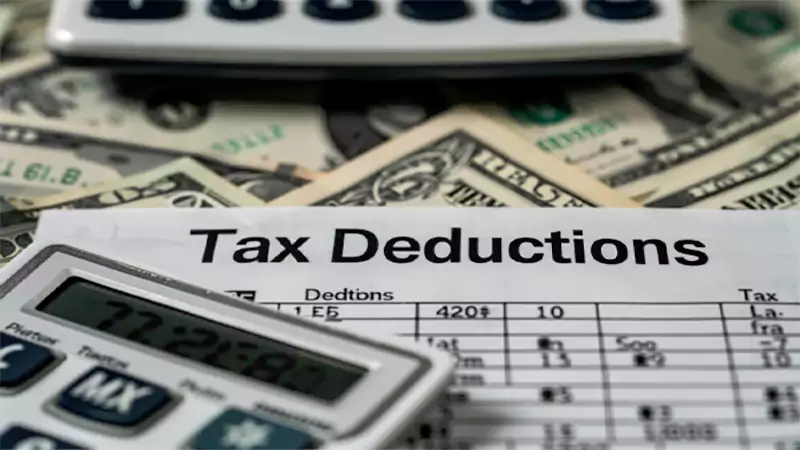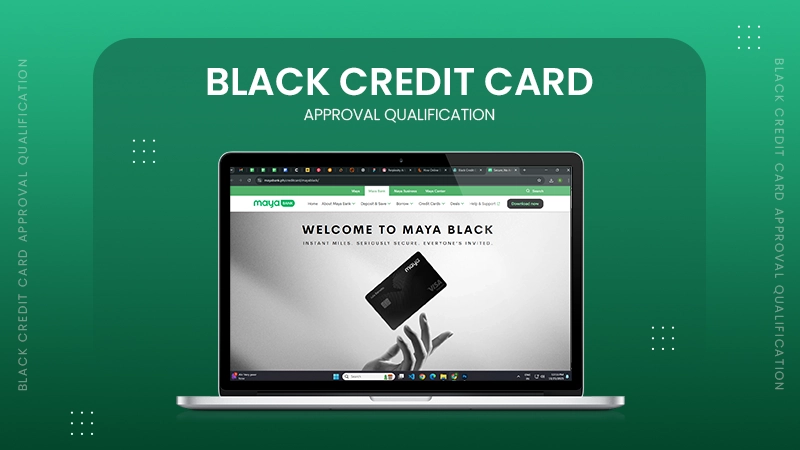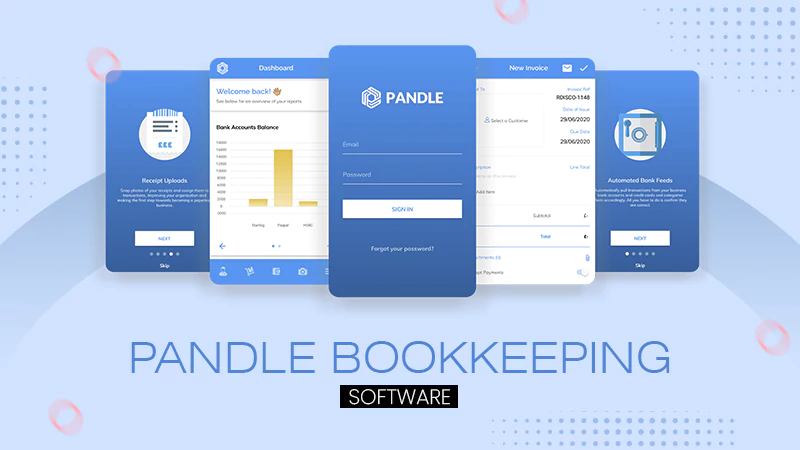Most financial experts categorize DeFi as speculative, recommending only to invest 3-5% of your net worth into crypto.
Decentralized finance, which is often abbreviated as DeFi, serves as a revolutionary framework that enables individuals to gain access to an extensive and diverse range of financial instruments and services.
All while eliminating the need for traditional banking institutions or brokerage firms that have historically acted as intermediaries in financial transactions.
This comprehensive guide aims to elucidate the fundamental principles of DeFi, outline the essential prerequisites for individuals seeking to embark on their DeFi journey.
It also provides detailed instructions on how to effectively connect your digital wallet to legitimate and reputable platforms within the DeFi ecosystem for the readers.
Let’s begin!
Key Takeaways
- Understanding everything about DeFi
- Looking at the basic requirements before investing
- Uncovering ways to access DeFi platforms
What is DeFi and why are investors interested?
Decentralized finance is a stack of open protocols that let people save, lend, borrow, trade, and earn yield with crypto assets through smart contracts. Instead of an intermediary holding your funds, code executes rules on-chain and transactions remain transparent on public ledgers. Fees, interest rates, and rewards are set by the protocol or by market demand.
Newcomers often ask how to invest in DeFi without taking on unnecessary risk. Start with the use cases. You can swap tokens on a decentralized exchange (DEX), provide liquidity, lend assets to earn interest, or stake governance tokens for rewards. Each activity involves trade-offs between potential return and risk.
A careful, research-first approach is crucial because common risks include phishing attacks, token volatility, smart contract bugs, and oracle failures. Official project documentation, audited reports, and neutral crypto glossaries are good places to start for foundational explainers.
Interesting Facts
The global DeFi market, valued at $20.48 billion in 2024, is projected to reach $231.19 billion by 2030, growing at a Compound Annual Growth Rate (CAGR) of 53.7%.
What you need before investing in DeFi
Before you move any money, ask yourself, is DeFi a good investment for your goals and risk tolerance. If you value self-custody and are prepared for price swings, DeFi can complement your broader crypto plan. If you need capital stability or guaranteed yields, it may not fit.
Start with a self-custody wallet from a reputable provider. Write down your seed phrase on paper and store it offline, never in screenshots or cloud notes. Whenever possible, pair your wallet with a hardware device to reduce the risk of malware and phishing attacks.
Keep native tokens for network fees in the same wallet so every action can be executed. For example, ETH is needed for Ethereum mainnet and MATIC for Polygon. Without a gas balance, transactions will fail even if you hold other assets.
Create a concise research checklist. Verify the official contract addresses from project documentation, look for recent third-party security reviews or audits, and read the token’s issuance schedule and governance model. Favor protocols with multi-sig treasuries and time-locked upgrades that prevent rushed changes.
Build security habits into your routine. Bookmark official websites, use a separate browser profile for DeFi, and enable phishing-block lists. Avoid approving an infinite number of tokens when a custom limit is available by carefully reading each transaction prompt. Removing unused allowances on a regular basis will reduce exposure.
Finally, practice with tiny amounts. Run a small swap or deposit to understand gas, slippage, and the user flow before increasing size. Keep simple notes about what you did and why; this helps you repeat safe steps and spot mistakes early.
Before choosing a centralized on-ramp, read independent, third-party exchange reviews and compare security practices, proof-of-reserves, and fee schedules. For instance, when researching Kraken, look for unbiased assessments and search for Kraken reviews to surface credibility checks.
How to access DeFi platforms and dApps
You don’t need a special account to try DeFi apps, but you do need to connect a wallet securely. The steps below show how to invest in decentralized finance using a DEX or a lending market:
- Choose the network and app. Visit the official site from trusted links. Examples include major DEXs and lending protocols on Ethereum, Layer-2s, or alternative chains. Cross-check the URL in the project’s documentation or social channels.
- Connect your wallet. Click “Connect Wallet,” select your wallet brand, and approve the request in your wallet. Confirm you’re on the correct network (e.g., Ethereum mainnet). If the app suggests adding a new chain, review the chain ID and RPC before approving.
- Fund the wallet. Transfer assets from an exchange or another wallet. Keep some native coins to cover gas.
- Run a dry run. Make a tiny swap or deposit to confirm behavior. Note the estimated gas, slippage tolerance, and projected APRs. If the numbers look unrealistic, stop and reassess.
- Manage approvals. When a dApp asks to spend your tokens, set a custom limit instead of “unlimited” where possible. Revoke old approvals with a token allowance tool.
- Track positions. Use dashboards to monitor portfolio value, accrued rewards, and health factors for loans. Consider automation for alerts when collateral ratios approach liquidation thresholds.
- Make exit plans. Keep a record of when you will rebalance, unwind liquidity, and take profits. Since liquidity and volatility conditions can change rapidly, having established guidelines helps you act calmly.
Scale slowly as your confidence grows. Every transaction should be documented, and as markets change, your plan should be reviewed.
Quick risk summary: DeFi involves market risk, smart contract risk, and operational risk. Never invest funds you can’t afford to lose. Diversify across protocols and networks, keep good records for taxes, and prioritize security at every step.





